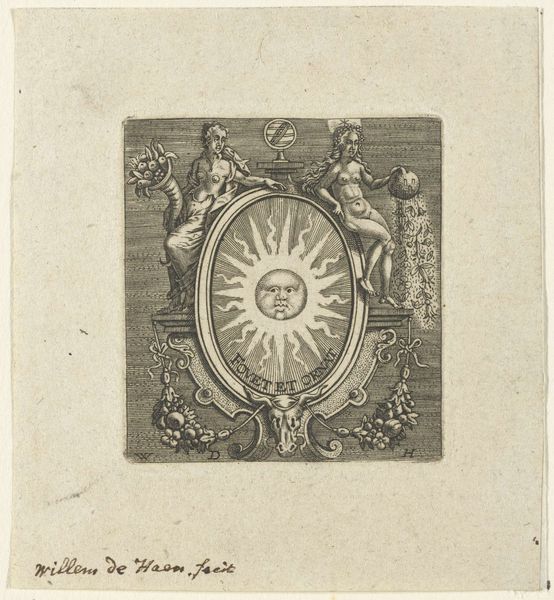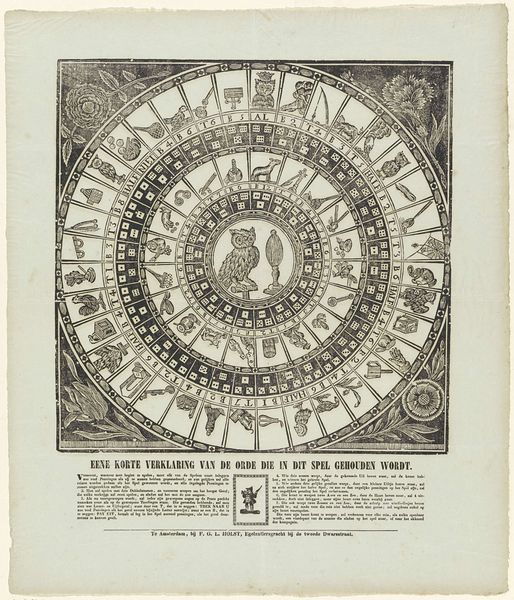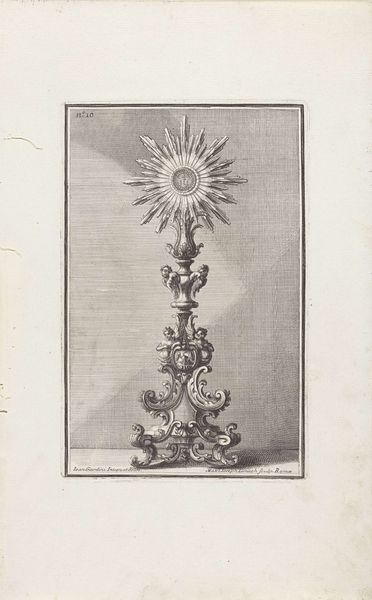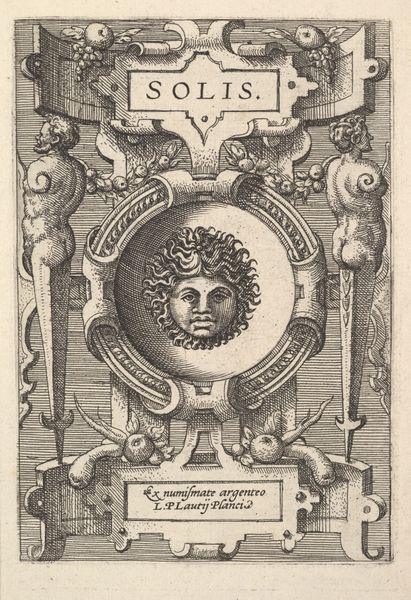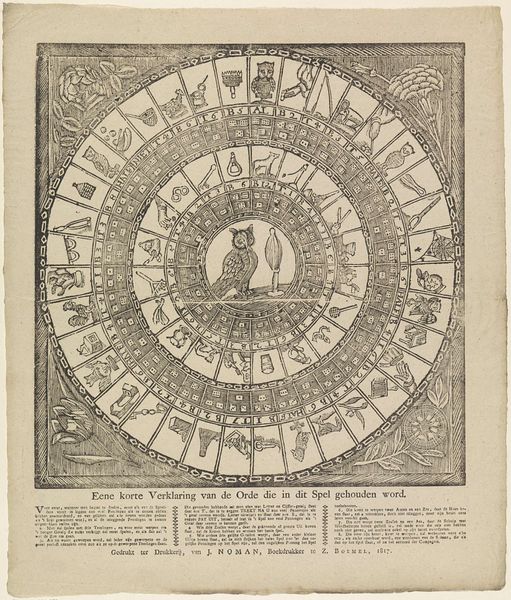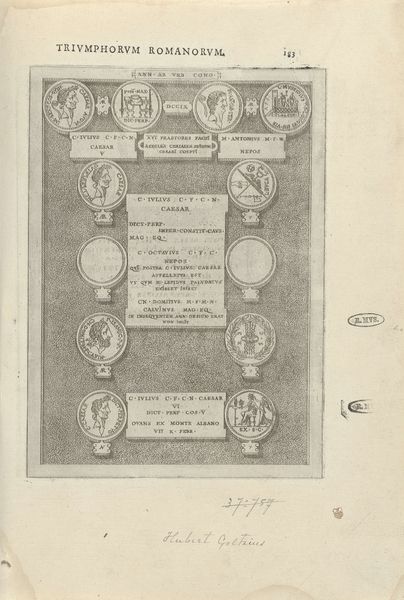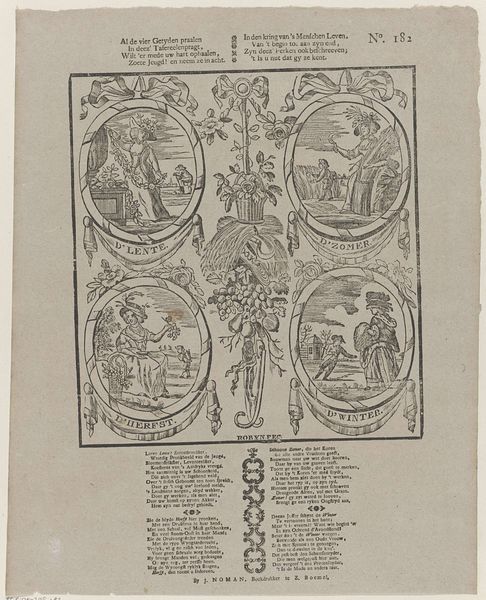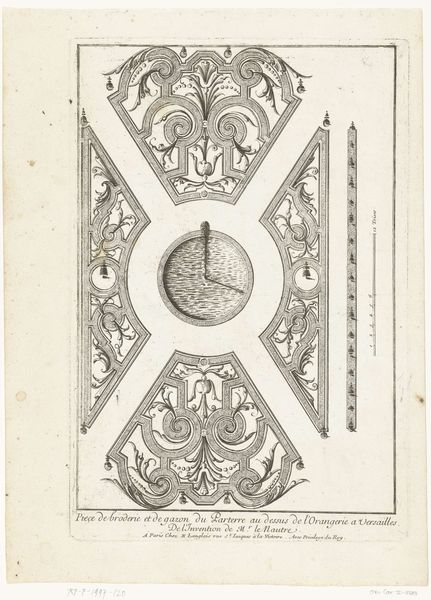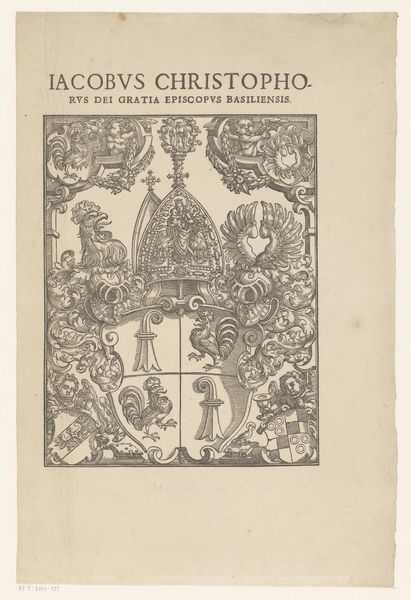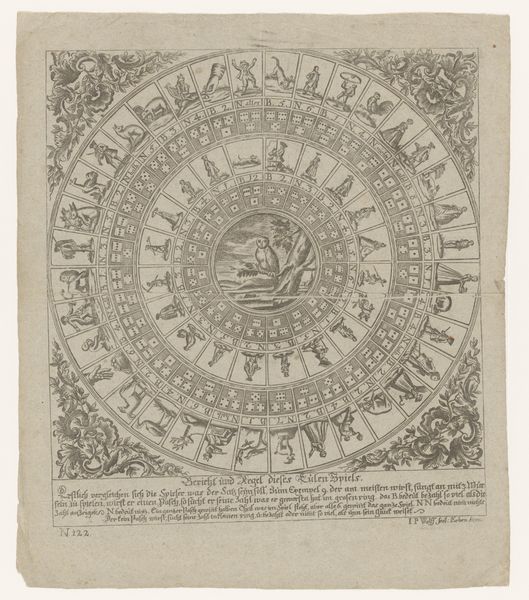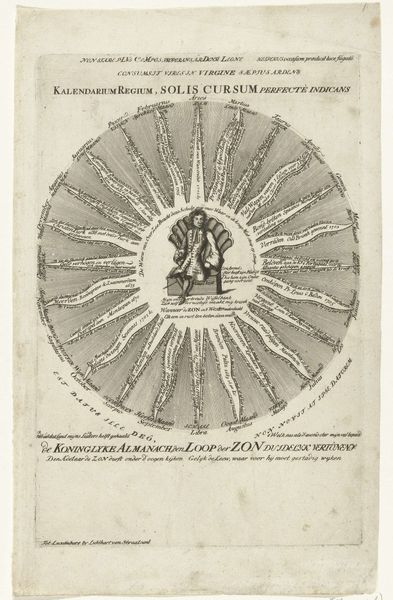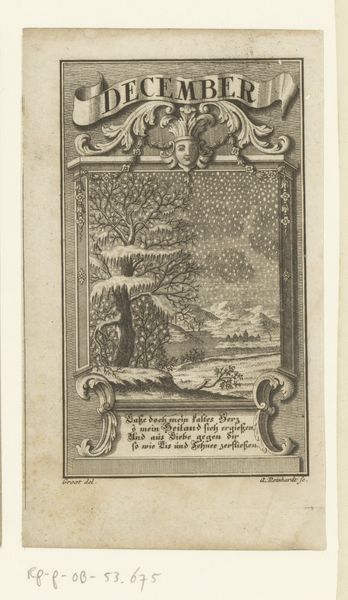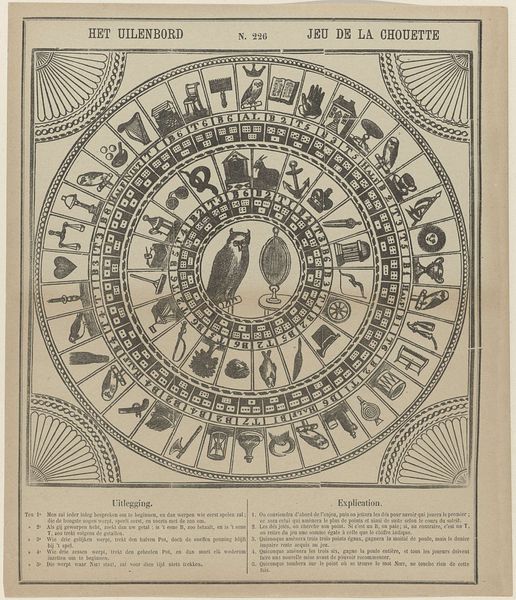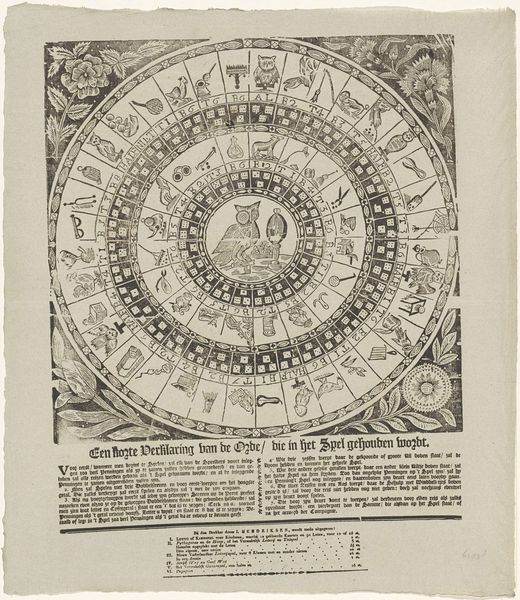
print, textile, paper, typography, engraving
#
baroque
# print
#
textile
#
paper
#
typography
#
engraving
Dimensions: height 535 mm, width 425 mm
Copyright: Rijks Museum: Open Domain
Curator: So, this print from 1759 is entitled "Verse on a Column in Memory of Princess Anna of Hanover." It's quite striking, isn't it? I'm interested in how the choice of a printed epitaph shaped its accessibility and meaning in 18th-century Dutch society. What are your initial thoughts? Editor: The work feels very formal and sombre. The column form filled with text is… unusual, and combined with the engraving style it gives a solemn mood, and obviously related to mourning. What can you tell me about why the artist would choose to honor the Princess in this manner, using these materials? Curator: That's an insightful observation! Consider that print, particularly typography and engraving, allowed for relatively widespread dissemination of information and sentiment. This print served as a public expression of grief, but also as a political act, reinforcing the Princess's role within the Dutch Republic. Editor: So it’s less about personal mourning, and more about a public ritual? Curator: Exactly. The column format evokes classical memorial structures, aligning Princess Anna with ideals of leadership and virtue. This print could have been sold or distributed, thus shaping public perception of her legacy. Do you think that there are further socio-political undercurrents? Editor: I hadn’t considered the column’s symbolic value beyond being a grave marker. Perhaps it's also suggesting the stability she brought, or was supposed to bring, to the Netherlands? And it's interesting that a printed image could have such power. Curator: Precisely! Prints played a crucial role in shaping public discourse during this era. Remembering that this image humanized and also potentially solidified political alliances with Britain through the image of a commemorative publication helps give greater understanding to the significance this piece held. Editor: That really reframes how I see this piece. I was only considering it as an individual artwork, but you’ve helped me understand its place in a much larger cultural and political context. Thank you!
Comments
No comments
Be the first to comment and join the conversation on the ultimate creative platform.
